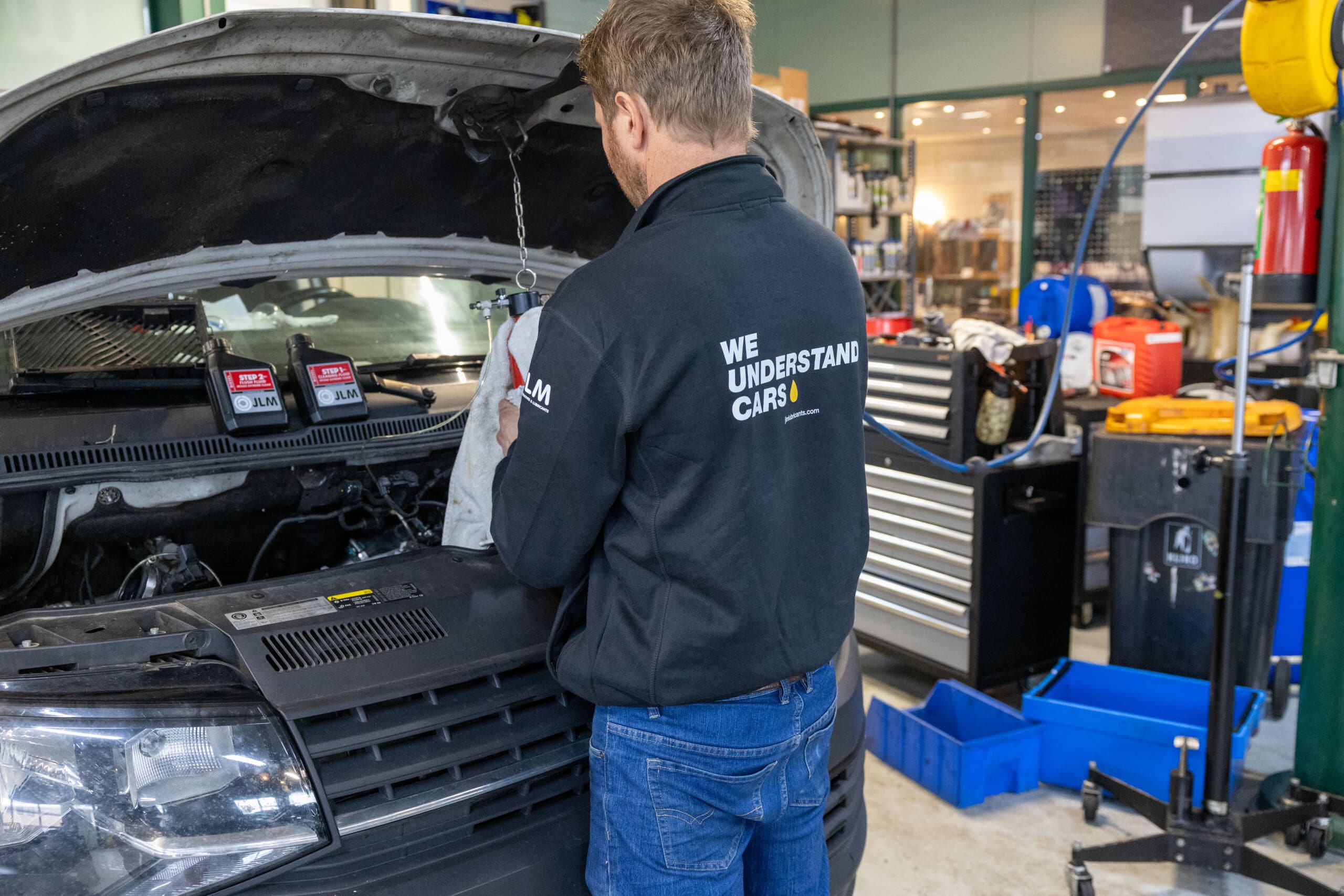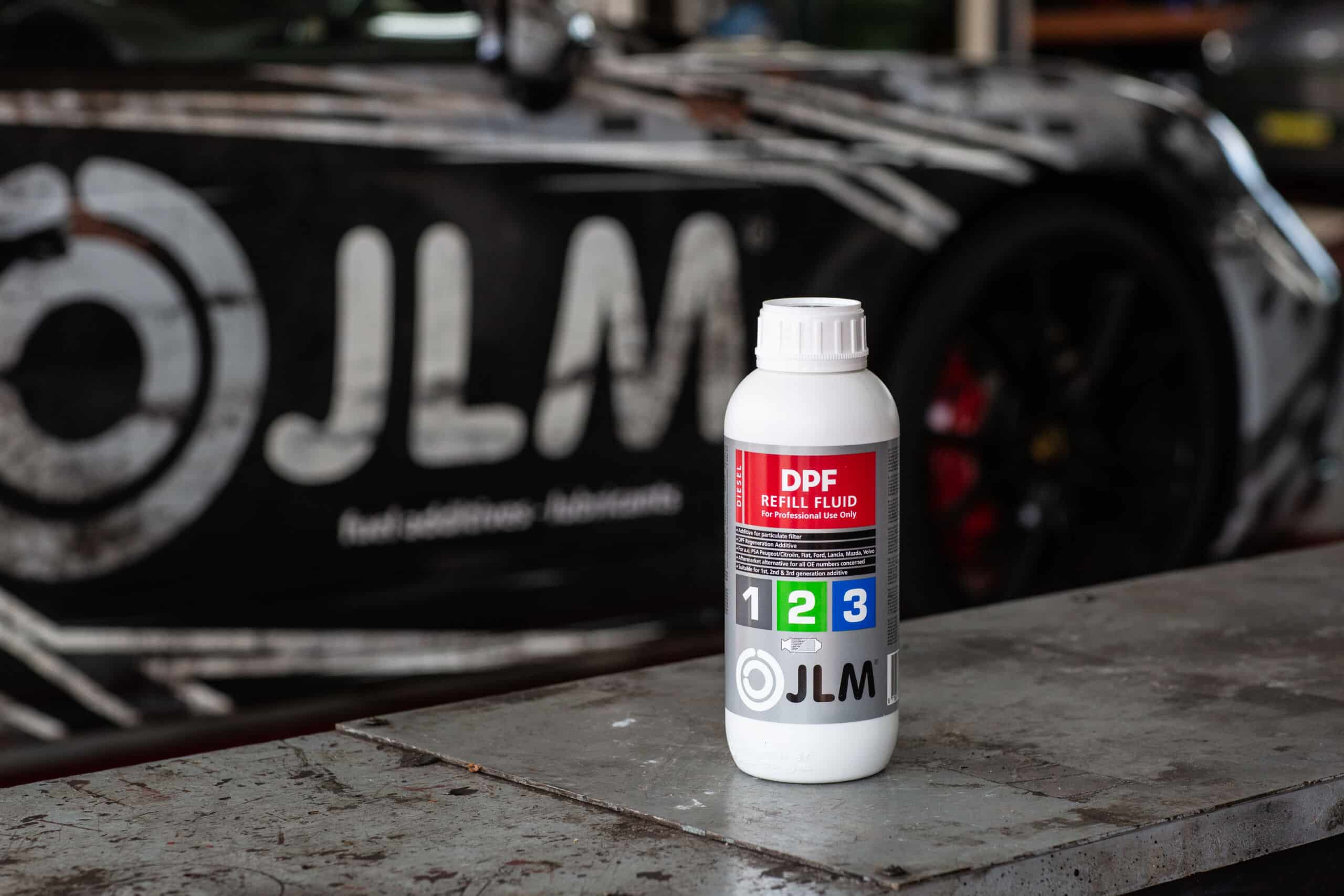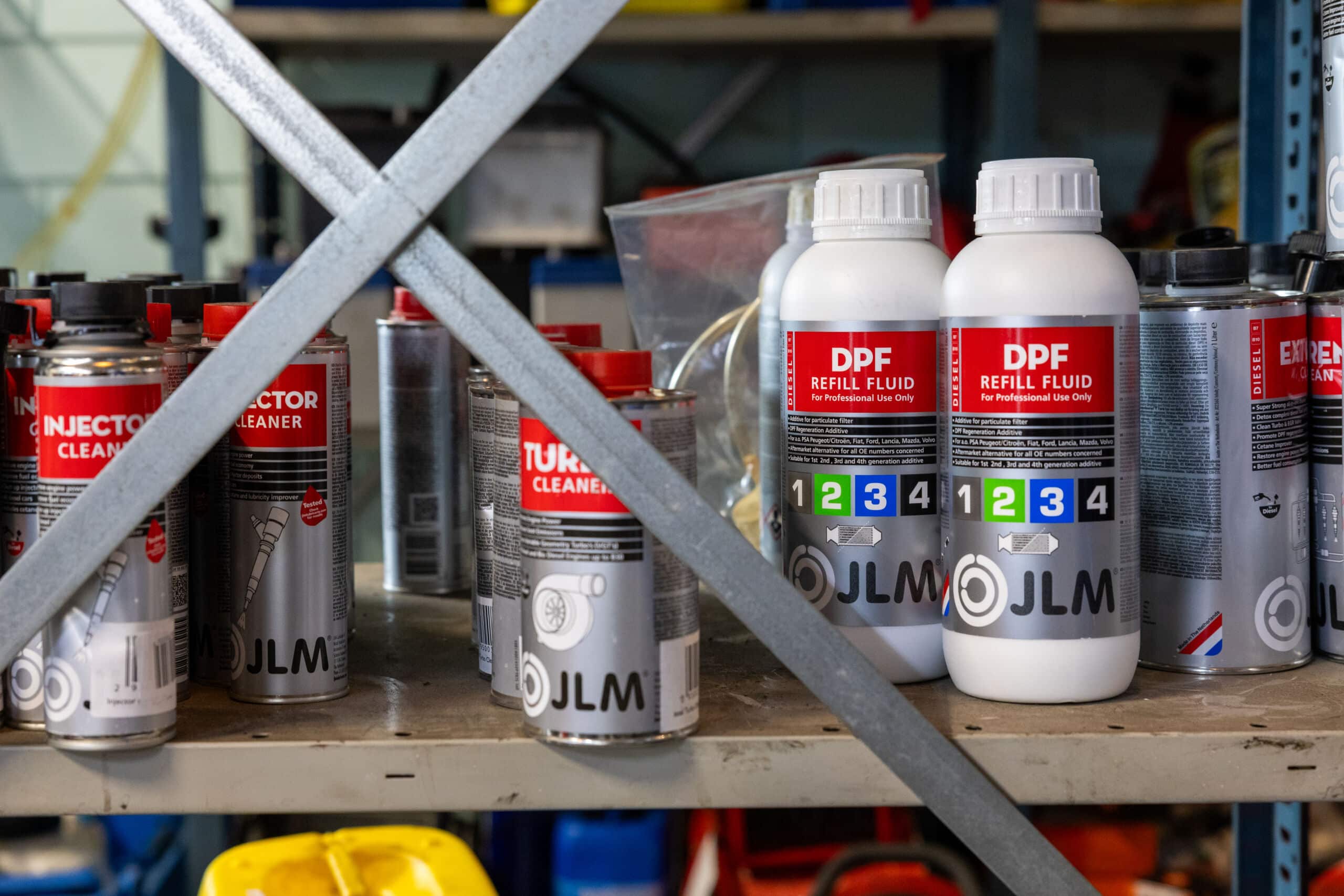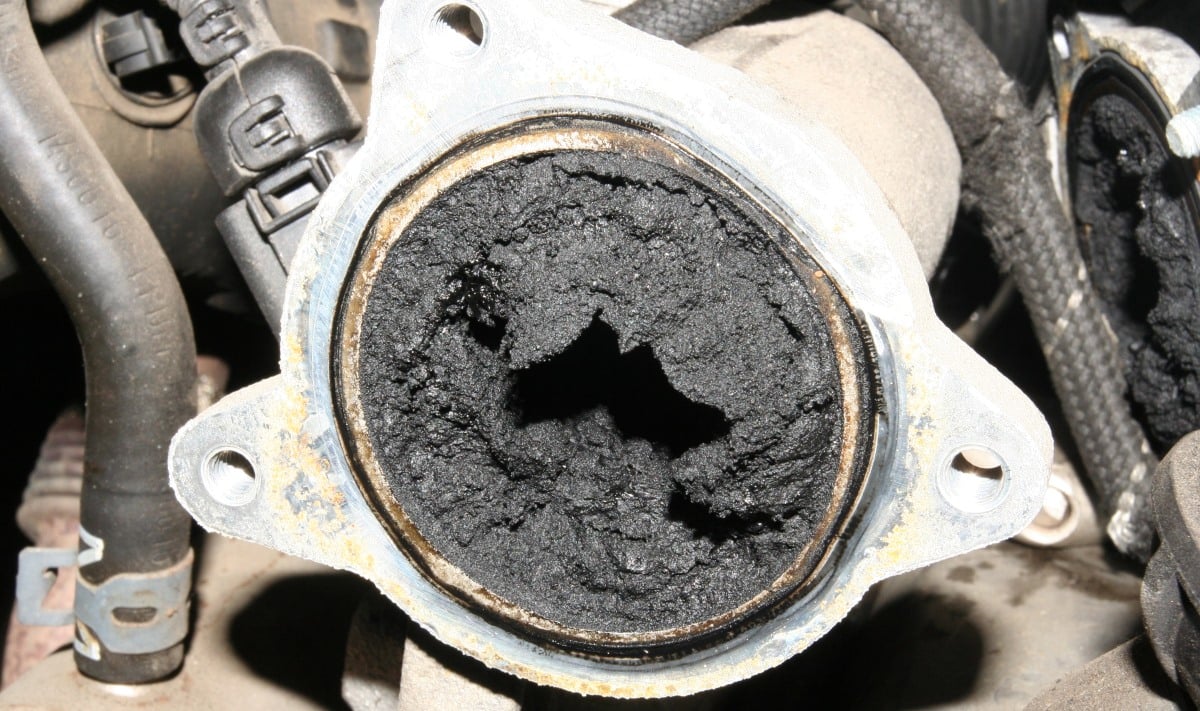
A quick guide to DPF (Diesel Particulate Filter) repair for professional motor mechanics
1. Diagnosis: Start by diagnosing the DPF system using a diagnostic tool compatible with the vehicle's make and model. Look for error codes related to the DPF such as P2002 (DPF Efficiency Below Threshold) or others indicating sensor failures or exhaust system issues.
TIP: Sometimes the OBD reads the differential pressure incorrect. To guarantee correct diagnosis JLM strongly advises to use a manometer to bypass the OBD system and to obtain the correct pressure readings to establish if and how bad the DPF is blocked. And of course repeat the same reading after the cleaning process to check the effect of the cleaning process.
2. Visual Inspection: Inspect the DPF physically for signs of damage or excessive buildup of soot and ash. Check for any leaks or cracks in the filter housing or pipes connected to it.
3. Cleaning: If the DPF is not severely damaged, attempt cleaning it using appropriate methods. This can include the use of specialist JLM fuel additives, forced regeneration using diagnostic equipment, thermal cleaning, or using specialized cleaning solutions such as the 2-stage JLM DPF Cleaning Treatment while keeping the DPF in situ. Follow manufacturer guidelines and use safety precautions when performing any cleaning method.
TIP: At JLM we strongly advise to make a highway drive instead of a forced regeneration. A highway drive is much gentler to the vehicle and its fuel system and has the same effect.
4. Replacement: If cleaning is not effective or if the DPF is damaged beyond repair, replacement may be necessary. Ensure that the replacement DPF is compatible with the vehicle's specifications and meets emission standards.
5. Address Underlying Issues: DPF issues are often symptoms of other problems in the vehicle, such as faulty sensors, engine misfires, or injector issues. Address these underlying issues to prevent future DPF problems.
6. Resetting ECU: After any repairs or replacements, reset the Engine Control Unit (ECU) to clear any stored error codes and allow the system to recalibrate.
7. Test Drive and Recheck: After repair or replacement, conduct a test drive to ensure that the vehicle operates correctly and that the DPF regeneration process initiates as expected. Recheck for any error codes or performance issues.
8. Customer Education: Educate the vehicle owner about proper maintenance practices to prevent future DPF issues. This includes using the correct (premium) fuel, driving patterns (highway drive instead of stop-and-go traffic) that facilitate DPF regeneration, regular vehicle servicing. Also adding a JLM fuel system cleaner every some many tank-fills will help prevent excess soot loading of the DPF.
9. Documentation: Keep detailed records of the diagnosis, repair process, and any parts replaced for future reference. This helps in troubleshooting similar issues in other vehicles and provides a history of maintenance for the specific vehicle.
10. Compliance: Ensure that all repairs and replacements comply with local emissions regulations and standards. Follow manufacturer guidelines and recommendations to maintain compliance.
By following these steps, you can effectively diagnose, repair, and maintain DPF systems in diesel vehicles, ensuring optimal performance and compliance with emissions standards. Check which specialist JLM products can help condition and/or clean the DPF.


